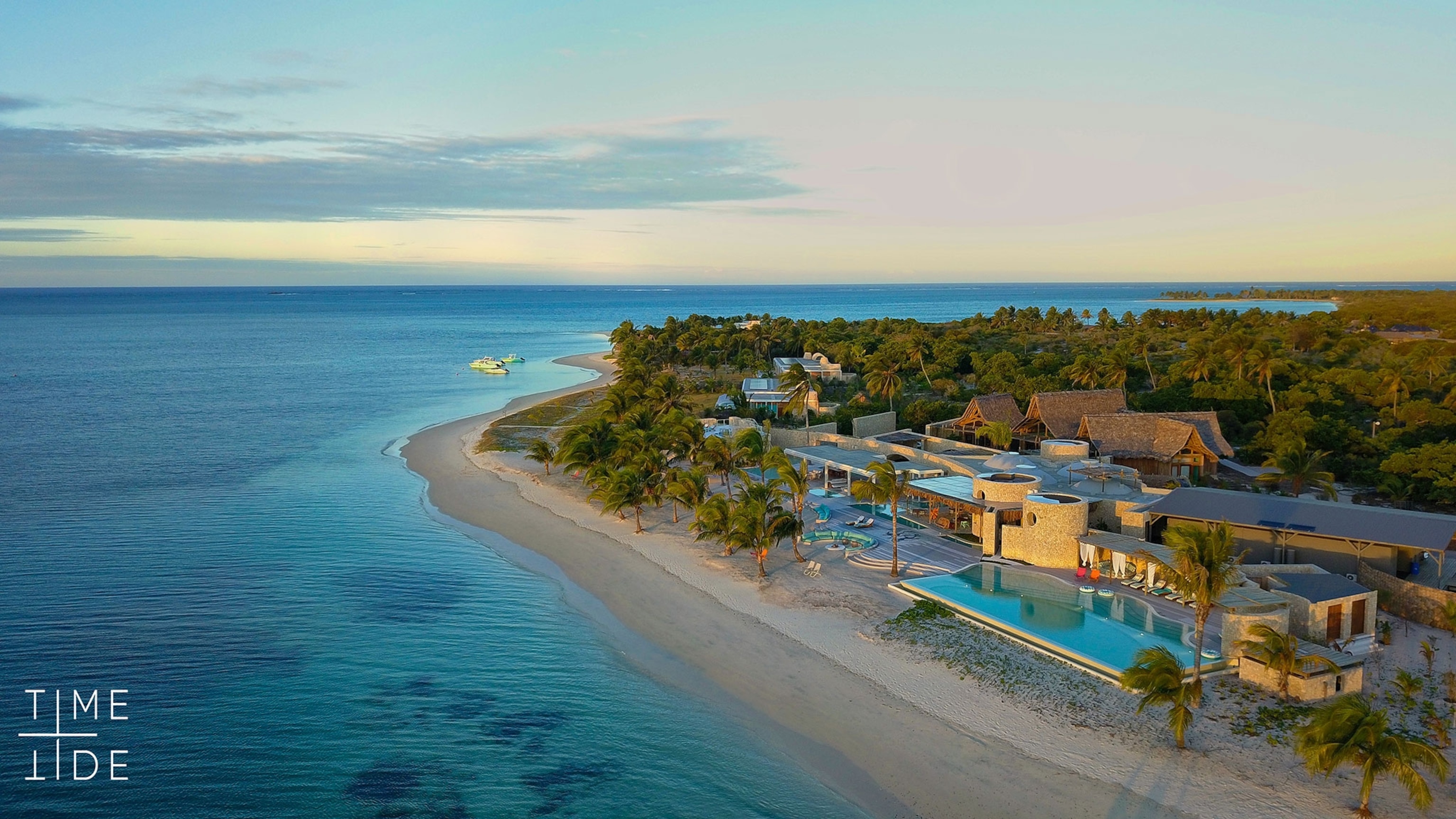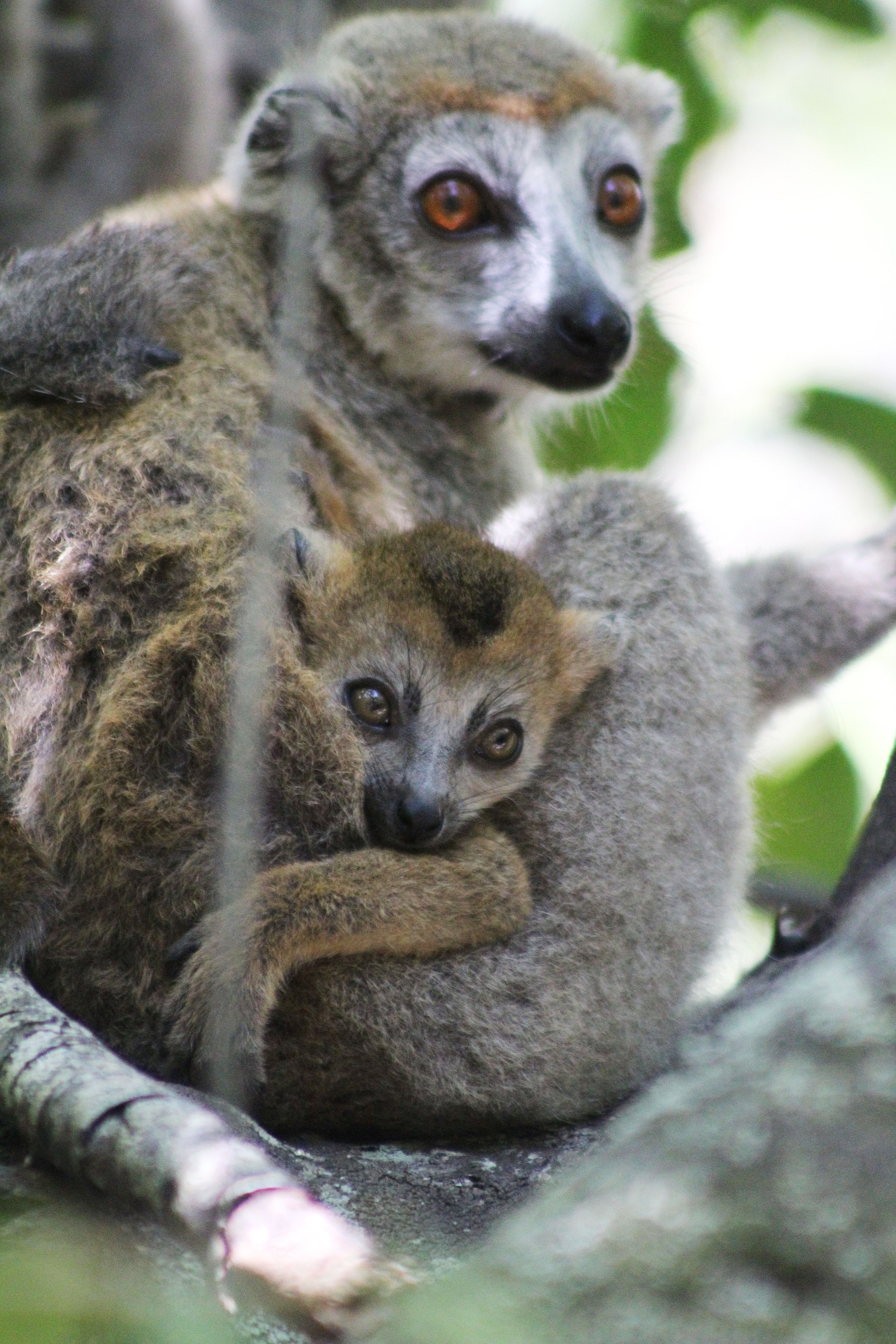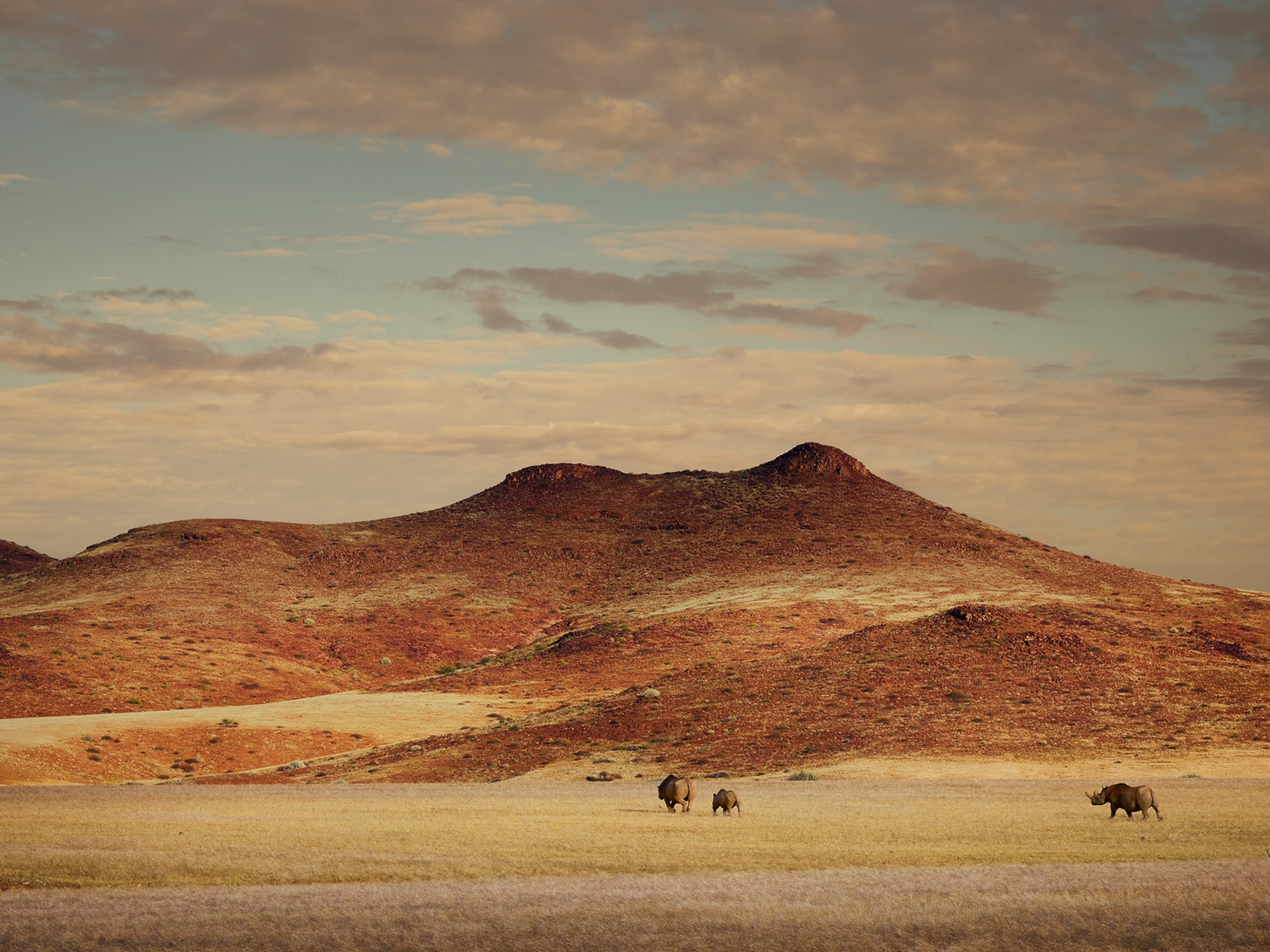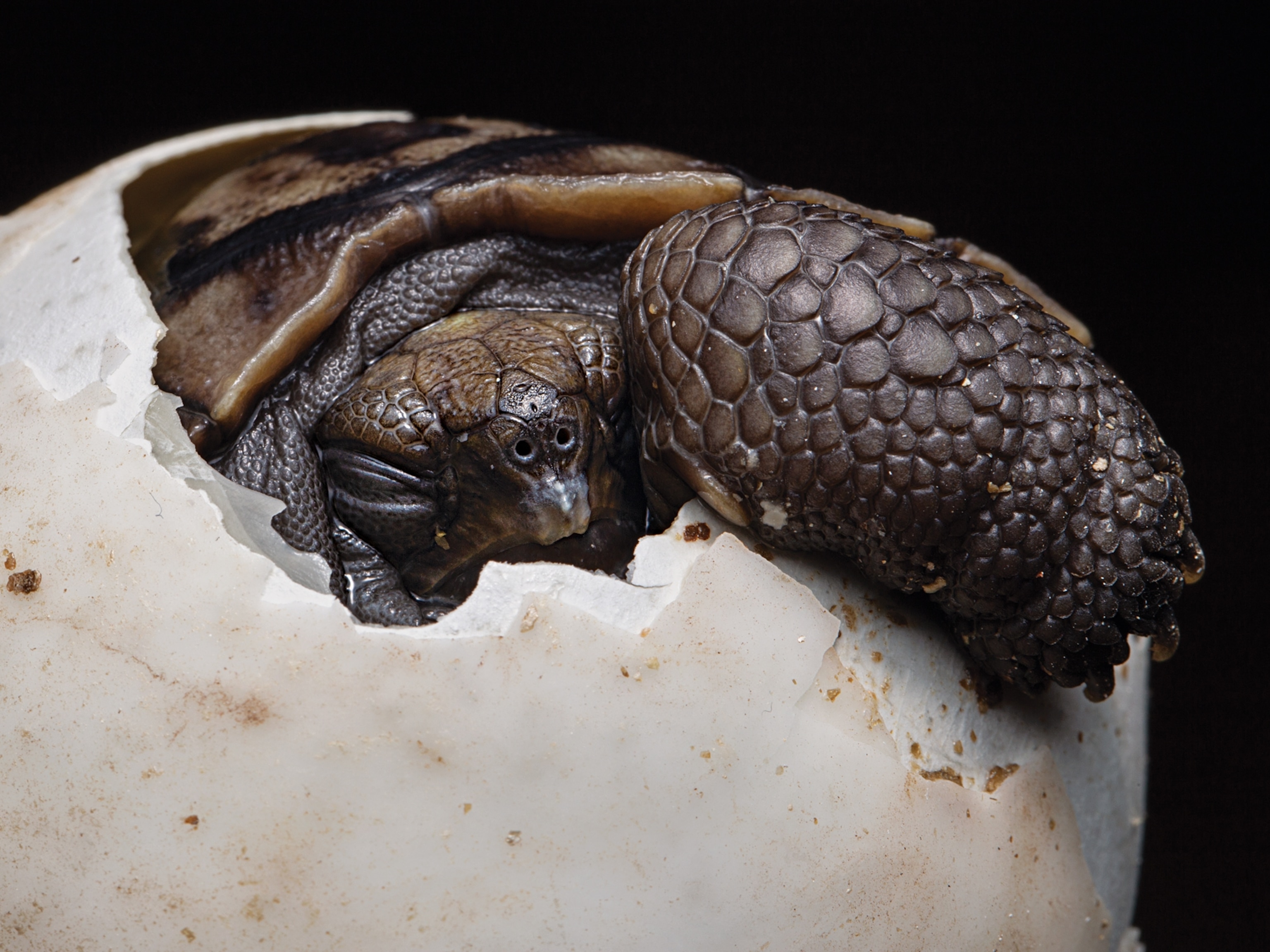
Trek with community-protected lemurs in Madagascar
This tourism group wants to save these ancient primates.
Coupled with habitat destruction and degradation, poaching has proven to be the direst threat to Madagascar’s dwindling lemur population. Ranging in size from the one-ounce pygmy mouse lemur to the 20-pound indri lemur, these primates are only found on Madagascar, an island nation located off the southeast coast of Africa. On the brink of extinction, the country’s more than 100 catalogued species are all currently deemed endangered.
“Habitat degradation is disastrous in Madagascar,” says Russell Mittermeier, chief conservation officer of Global Wildlife Conservation and chairman of the Primate Specialist Group. “It’s among the worst conservation situations in the world, with the most severe erosion I have ever seen. Now, only 10 percent of the ecosystem remains intact, and the destruction continues.”

While all lemur species are on the decline due to a dwindling habitat, some, like the crowned lemurs, are more affected by poaching than others. In July 2016 alone, 62 were poached in the Bobankora forest, a protected area intended to act as a haven for crowned lemurs. “They’re primarily targeted as a food source,” says Mittermeier. “But it is often not for subsistence but rather for the local restaurant market.”
To combat this problem, Time and Tide Miavana—a 14-villa, private-island resort on Nosy Ankao off the northeast coast of Madagascar—worked with Mittermeier and the island’s local community to spearhead an unprecedented crowned lemur translocation. Four adult lemurs and one infant were transported from the Bekaraoka forest to Nosy Ankao, marking the first recorded translocation of this species in northeast Madagascar.
“Few lemur species do well in captivity; they must be conserved in the wild,” says Mittermeier of the project. “Ecotourism found at Time and Tide Miavana is the future of Madagascar’s economy and its biodiversity, which is especially important for local communities. There is no conservation tool available to us that’s more valuable than when ecotourism is properly run.”
Following mass poaching incidents in 2016, Madagascar Programme Officer of the Time and Tide Foundation, Ny Sanda Ranaivoson, worked with Time and Tide Miavana and myriad local organizations—University of Antsiranana, Zoos Victoria, Madagascar Biodiversity Partnership, and Loky Manamabato Protected Area run by Fanamby NGO—to submit a proposal to Madagascar’s Ministry of Environment. This proposal secured funding for a sustainable conservation project to benefit crowned lemurs while also generating community-based tourism.
The project partners hope to create an incentive to deter illegal poaching activity. “We approached the community living adjacent to the Bekaraoka forest to tell them about the program,” says Ranaivoson. “They were interested in working with us, and with their endorsement, we were able to secure funding for research of these lemurs, which includes sample-taking and transport and the full lemur re-capture and translocation to Nosy Ankao.”
- National Geographic Expeditions
Since their arrival to Nosy Ankao, the crowned lemurs are safe from hunting pressures in mainland Madagascar, and an environmental team of Nosy Ankao locals monitors them daily. The ecosystem has proven capable of fulfilling the species’ diet, and since the translocation, the lemurs have already gained weight.
“Our long-term goal is to relocate the Nosy Ankao crowned lemur offspring back to the Bekaraoka forest, but we will only do so once poaching decreases and communities are effectively engaged in eco-tourism and conservation activities,” says Ranaivoson.
To see the project firsthand, travelers to Time and Tide Miavana trek through the forest with Simon Andrianiaina, head terrestrial guide at the resort. “We take lemur excursions to a level that is still unmatched in Madagascar,” says Andrianiaina. “We go to places so remote, only diehard naturalists would be willing to go. That’s why we go by helicopter, shortening the journey from 10 hours to 30 minutes with scenic views over the Malagasy countryside.”
Travelers visit mainland Madagascar to trek to Amber Mountain where they can see the Sanford's brown lemur and to the 1,000-square-mile Loky-Manambato protected area where they can search for the rare golden-crowned sifaka and Daraina sportive lemur. Finally, they return to the flat, sandy trails of Nosy Ankao’s coastal forest to spot the translocated crowned lemurs. [Reserve your spot on a National Geographic Private Expedition to Madagascar.]

This insider access to the island’s crowned lemur habitat is made possible by a collaboration with the Amparihirano community. The Time and Tide Foundation trains and employs rangers to monitor the lemurs and to report any cases of poaching or illegal activities. Using radio collars, the environmental team catalogues the daily activities and locations of the crowned lemurs within the Nosy Ankao forest, making it possible to map their habitual feeding and resting zones and to determine how long it took them to designate their own territory within the forest. Although lemurs can be observed year-round, their habits change from season to season.
Community rangers also lead the area’s reforestation efforts as a means to reduce habitat loss. This includes a project formed by 15 local women—a nursery built to protect against popular slash-and-burn agriculture in the Loky-Manambato region.
“On the mainland and Nosy Ankao, our guests have the privilege of interacting with lemurs without a single other tourist,” says Andrianiaina. “And once Nosy Ankao’s lemurs are beyond the familiarization phase, visitors won’t have to leave the island unless they wish to see even more of mainland Madagascar and its wildlife.”






